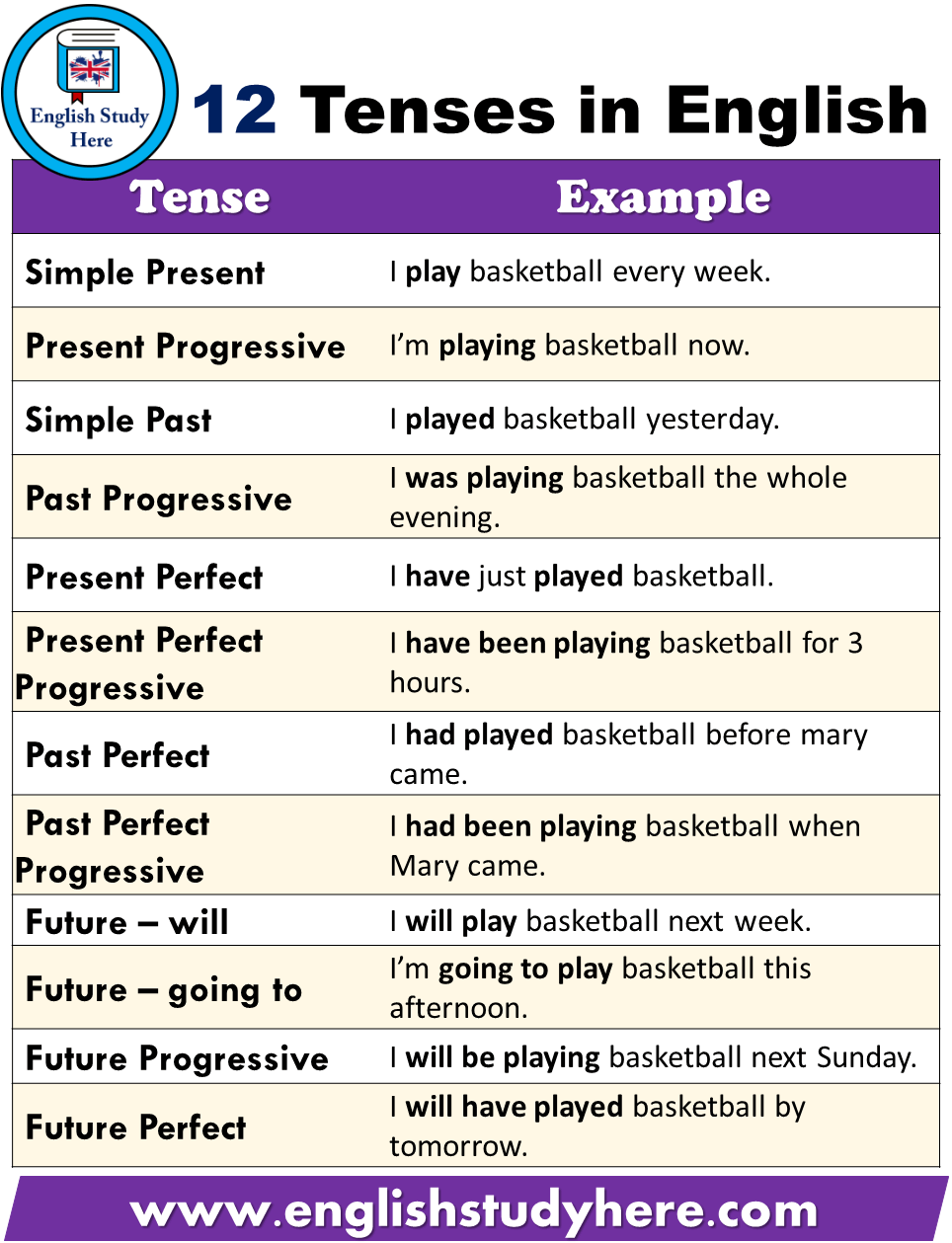Understanding the various tenses in English grammar is crucial for effective communication. Tenses help us convey the time at which an action took place, and they play a significant role in shaping the meaning of a sentence. In English, there are 12 tenses that are used to express different time frames and situations.
1. Present Simple Tense: Used to describe habitual actions or general truths.
2. Present Continuous Tense: Used to describe actions that are currently happening.
3. Present Perfect Tense: Used to describe actions that were completed in the past but have relevance to the present.
4. Present Perfect Continuous Tense: Used to describe actions that started in the past and are still ongoing.
5. Past Simple Tense: Used to describe actions that happened at a specific point in the past.
6. Past Continuous Tense: Used to describe actions that were ongoing in the past.
7. Past Perfect Tense: Used to describe actions that were completed before a specific point in the past.
8. Past Perfect Continuous Tense: Used to describe actions that started in the past and continued up to another point in the past.
9. Future Simple Tense: Used to describe actions that will happen in the future.
10. Future Continuous Tense: Used to describe actions that will be ongoing in the future.
11. Future Perfect Tense: Used to describe actions that will be completed by a specific point in the future.
12. Future Perfect Continuous Tense: Used to describe actions that will be ongoing up to a specific point in the future.
Mastering the 12 tenses of English grammar is essential for anyone looking to enhance their language skills. By understanding when and how to use each tense, you can communicate more effectively and accurately. So, whether you are writing a formal essay, having a casual conversation, or giving a presentation, knowing the nuances of these tenses will help you convey your message with clarity and precision.
